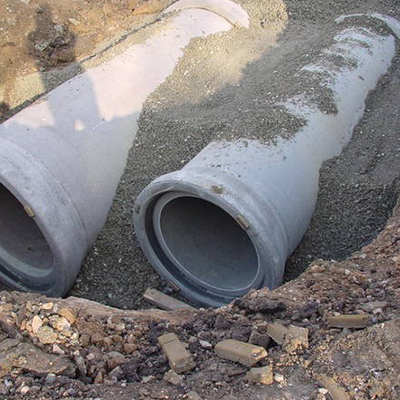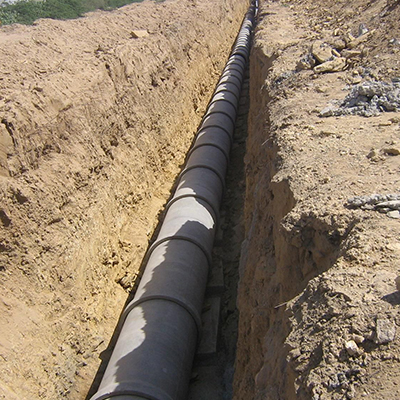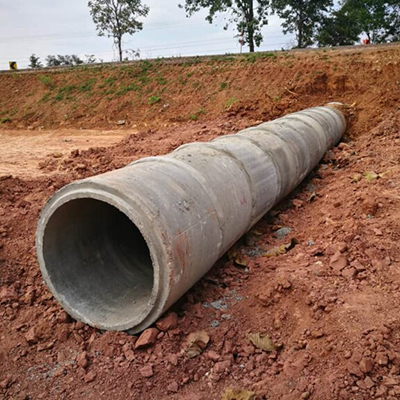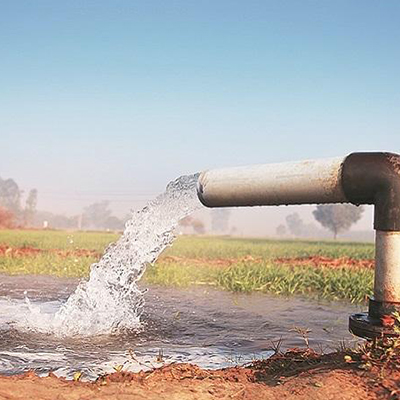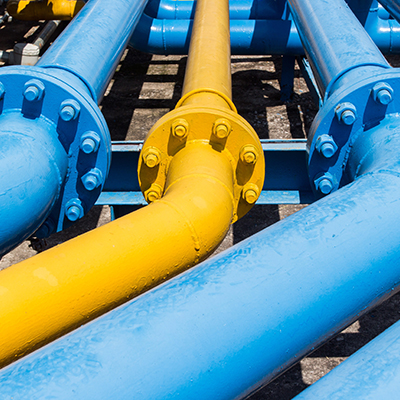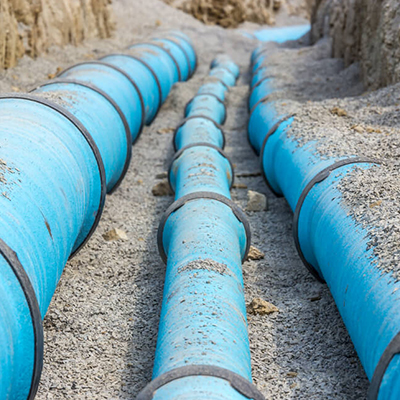A sewerage system, or wastewater collection system, is a network of pipes, pumping stations, and appurtenances that convey sewage from its points of origin to a point of treatment and disposal
Systems that carry a mixture of both domestic sewage and storm sewage are called combined sewers. Combined sewers typically consist of large-diameter pipes or tunnels, because of the large volumes of storm water that must be carried during wet-weather periods. They are very common in older cities but are no longer designed and built as part of new sewerage facilities. Because wastewater treatment plants cannot handle large volumes of storm water, sewage must bypass the treatment plants during wet weather and be discharged directly into the receiving water. These combined sewer overflows, containing untreated domestic sewage, cause recurring water pollution problems and are very troublesome sources of pollution.
In some large cities the combined sewer overflow problem has been reduced by diverting the first flush of combined sewage into a large basin or underground tunnel. After temporary storage, it can be treated by settling and disinfection before being discharged into a receiving body of water, or it can be treated in a nearby wastewater treatment plant at a rate that will not overload the facility. Another method for controlling combined sewage involves the use of swirl concentrators. These direct sewage through cylindrically shaped devices that create a vortex, or whirlpool, effect. The vortex helps concentrate impurities in a much smaller volume of water for treatment.

